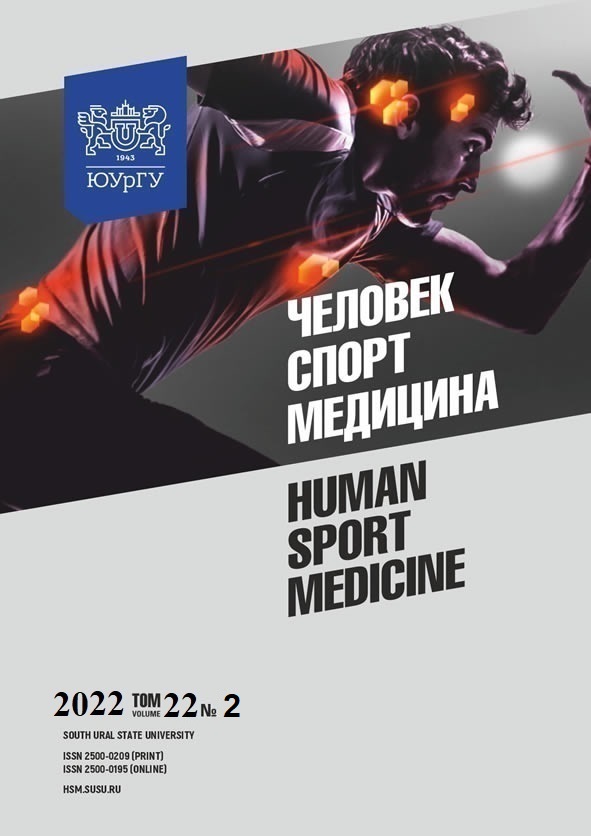THE EFFECTS OF WEARABLE RESISTANCE LOADING ON KINEMATIC OF FRONT KICK AMONG ELITE TAEKWONDO ATHLETES
Abstract
Aim. This study aimed to determine the acute effects of WR on Taekwondo front kick kinematics. Methodology. 24 elite taekwondo athletes were recruited and were required to perform front kick in four conditions; 1) WR with 3% of body mass (3WR), 2) WR with 5% of body mass (5WR), 3) WR with 8% of body mass (8WR) and 4) without WR (0WR). Movement kinematics (foot velocity, knee velocity and peak height) were analyzed during the movement in both dominant and non-dominant leg. Cameras attached to motion analysis systems were used to record participant’s kicking kinematics. The kinematics data obtained were compared between each conditions. Results. Results showed that only wearing WR of 3% body mass did not changed the knee velocity and kicking peak height as without WR. The foot velocities were found to be significantly different between each loadings with velocities become lower as loading increased. Conclusion. Wearing WR of 3% body mass were found to be suitable for athletes during training session as they can maintain their technical effectiveness while also increase stimulus for body to adapt in long term. Chronic studies need to be conducted to determine the long term effects of WR loadings on the kicking techniques.
References
References on translit
Copyright (c) 2022 Human. Sport. Medicine

This work is licensed under a Creative Commons Attribution-NonCommercial-NoDerivatives 4.0 International License.















